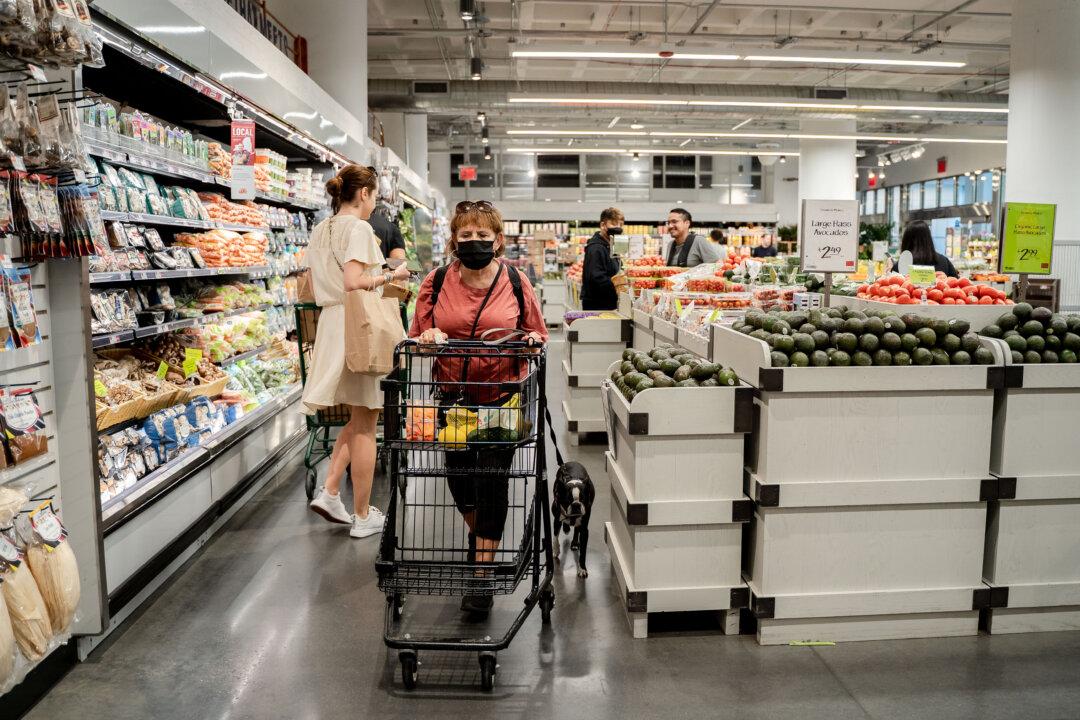The soaring cost of food won’t be declining anytime soon, driven by increased production costs, extreme weather conditions, and disease, industry executives have warned.
Food inflation in August rose 12.4 percent year-over-year, marking the biggest hike since February 1979, according to government data.





